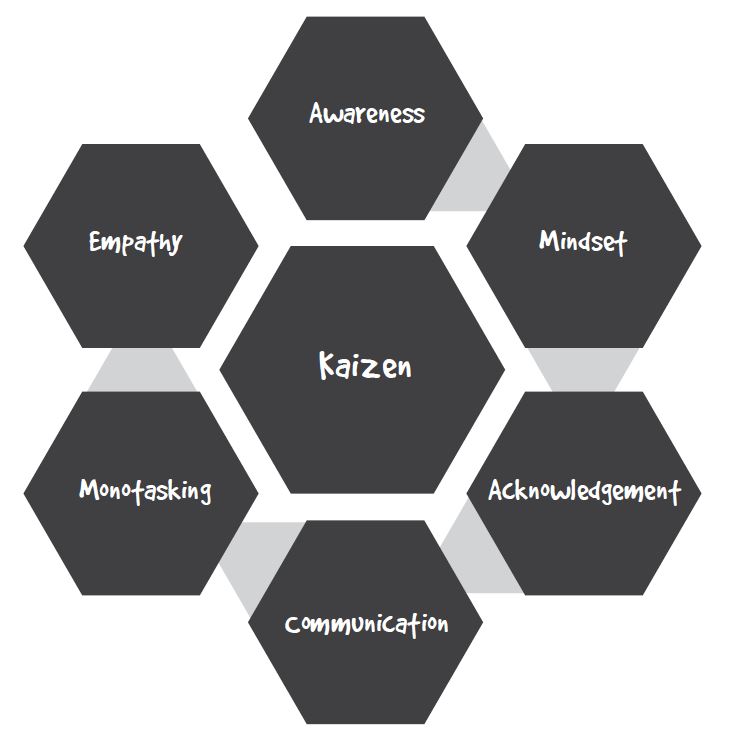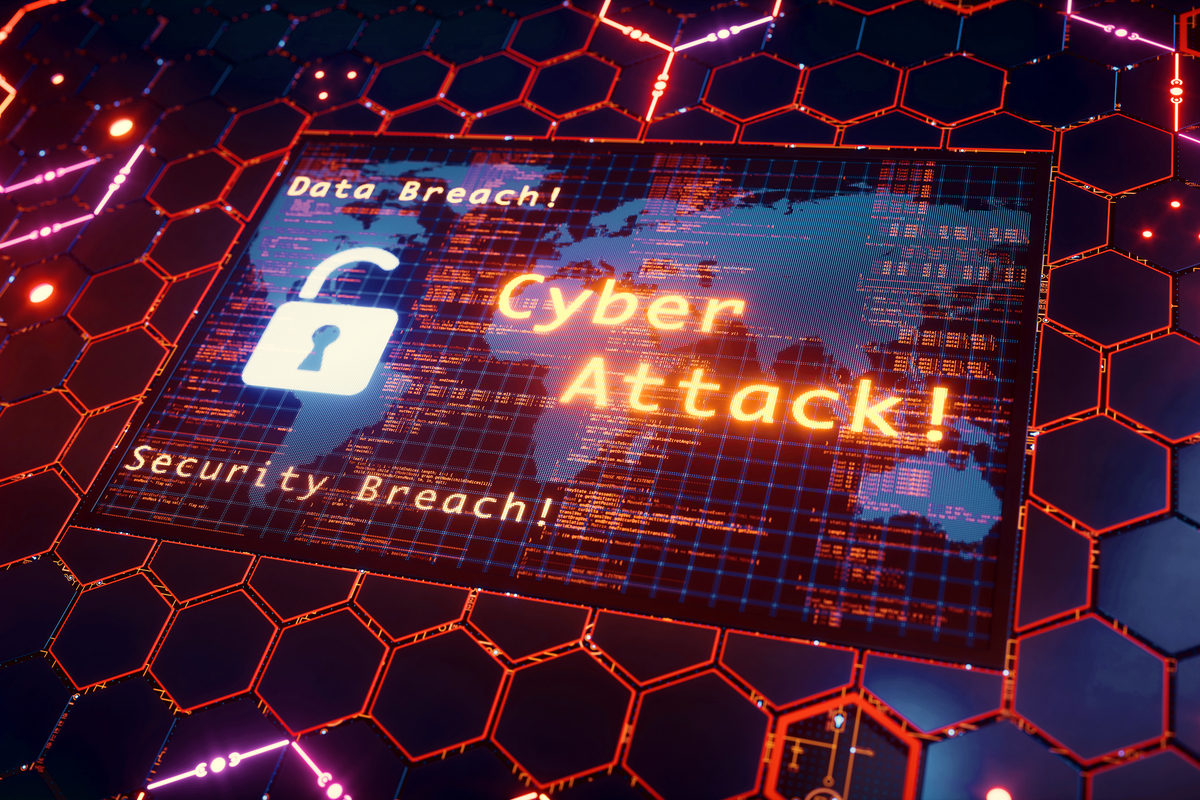 I often wonder how certain things will turn out if our leaders know how to empathize, and not simply sympathize with their people.
I often wonder how certain things will turn out if our leaders know how to empathize, and not simply sympathize with their people.
See, oftentimes they are interchangeable. But there’s a big difference between sympathy and empathy, and we must learn how these two can greatly affect our relationships with people both at work and in life.
Empathy is to feel and connect with people, while sympathy drives disconnection. Empathizing is being together with the person in the dark so they are not alone while sympathizing is saying “Too bad!” from afar.
According to research, HR managers believe that having emotional intelligence is the key to a happy and productive workplace. However, having the right emotions also plays an integral part. Should we be empathetic towards people at work, or sympathetic? Keep reading this post for my in-depth look at the differences between empathy and sympathy.
Empathy
To put it simply, empathy is a choice to connect with someone and take their perspective as my own. It is the ability to share my feelings with other people and understand what they’re going through — because I may have also been in that position before.
Empathizing is also about listening without interruptions. It is accepting that the person is facing challenges. I do not have to respond to what they are telling me, I just need to be with them at that moment. I can do nothing, and that’s more than enough.
According to the Secure Methodology from the book The Smartest Person in the Room, a culture without empathy will not succeed. Humans are simply not born with empathy. It is something that we need to develop and learn over time. Empathy also plays a great role when it comes to technical leadership. If it is non-existent, technical people will not care about their customers and data, nor will they have any concern for their colleagues.
Even leaders attend seminars to learn and to know its value. So what makes empathy important when it comes to leadership? Is it simply being aware of other people’s emotions and understanding how they feel? How can we act and base our decisions on it?
But before I get into this further, let me explain the two kinds of empathy: cognitive and affective.
Cognitive
Cognitive empathy — or logical empathy — is the ability to understand the mental state of a person. It is not a feeling, rather it is a skill. It is putting myself into someone’s place and seeing things based on their perspective. It’s imagining myself in their position, without needing to make judgments, and recognizing their emotions. It is simply understanding what they are going through, without having to feel sorry for them.
When choosing what’s best for everyone, I know I can make the right decisions because I am not influenced or clouded by other people’s emotions.
Affective
Unlike cognitive, affective empathy is the ability to share and literally feel the emotions of the other person. If a coworker comes up to me and tells me that she is going through a rough divorce, I would feel sad and anxious with her. This type of empathy, however important, is unproductive and unnecessary when it comes to a work environment.
It’s ineffective for leaders to make decisions when they have absorbed everyone’s emotions, especially the negative ones. Therefore, a great leader who is an asset to a business has high cognitive and low affective empathy.
Read this post to know more about how empathy affects leadership!
Empathy in Leadership
Sometimes at work, leaders are so concerned about their positions that they forget to take care of the people they are in charge of. They fail to recognize them as human beings, and instead, they just focus on outputs and results. This ends with employees just merely trying to do their work and get through the day with their heads down, scared of the managers that will pick on their tiniest mistakes.
No one wants to work like that. So what does it take to create a happy and healthy working environment?
Here’s a scenario. An exemplary employee who was never late, and never missed out on work — not even once — suddenly comes to work late every day and is always behind his deadlines. Instead of telling him that he needs to get himself together or he’ll be fired, the manager asked him what’s wrong and if he’s okay. He asked if there’s anything bothering him and if he needs help. The employee said that his mother is sick and he’s the one taking care of her.
So the manager told the employee to take a one-week leave and changed the schedule so that he will be able to have time to take care of his sick mother before coming to work.
That is an example of a leader showing empathy to the people he is charged with.
Leaders must show the employees that they understand and value them. The employees need to know that if they make a mistake, they wouldn’t be fired the next day. They have to know that if the numbers are down in the business, they wouldn’t be laid off so easily. The employees have to feel that the person leading them empathizes with them as a person and would consider them when they are making decisions. That’s why showing empathy in the workplace is very important.
Sympathy
Having sympathy for a person is evaluating and assuming what that person feels, then extending the emotions of sorrow and pity. It does not require feeling what the other person is exactly feeling at that moment, and it does not involve a shared perspective. Therefore, sympathy automatically drives detachment from the person.
Sympathy is expressed, while empathy is shared. Though empathy is a deeper feeling, sympathy is as heartfelt and honest.
A person may be able to feel sympathy, but not empathy. For example, there’s a businessman who filed for bankruptcy — others may sympathize with him and feel sorry, but not all can empathize because not everyone has experienced bankruptcy.
Although having sympathy does not lead to taking action, it is still an integral value that we all need to have.
Sympathy in Leadership
With that in mind, how does sympathy affect leadership? Think back to the previous scenario about the stellar employee who suddenly started coming into work late and missing deadlines. If the manager sympathized with the employee’s troubles, they would have simply expressed their sorrow for the other person instead of making accommodations to make things easier for the employee.
This sympathy may be nice, but it could leave the employee feeling quite a bit uncared for by their managers since no actions were taken to meet their needs.
Empathy or Sympathy?
Now that I have discussed the differences between empathy and sympathy, let me ask again, which is more important?
The answer is empathy — straight and simple.
When we have empathy, we HELP people be their best, instead of getting the best OUT of them. Colleagues support each other to let them perform well and grow. We make decisions that are best for everyone. We avoid quick judgments, and instead, we listen more.
For leaders wanting to know more about empathy, leadership, and the Secure Methodology, check out my book The Smartest Person in the Room. It discusses further how leaders can be more effective in technical leadership through empathy.
This short video by Brene Brown is great at explaining empathy vs sympathy as well:


 As much as every organization wants to believe they are cyber secure, the reality paints a different story. Cybersecurity methods continue to evolve with an emphasis on tactics and technology. This progression of companies and government agencies follows the cybersecurity status quo that it’s a hardware and software issue.
As much as every organization wants to believe they are cyber secure, the reality paints a different story. Cybersecurity methods continue to evolve with an emphasis on tactics and technology. This progression of companies and government agencies follows the cybersecurity status quo that it’s a hardware and software issue.
